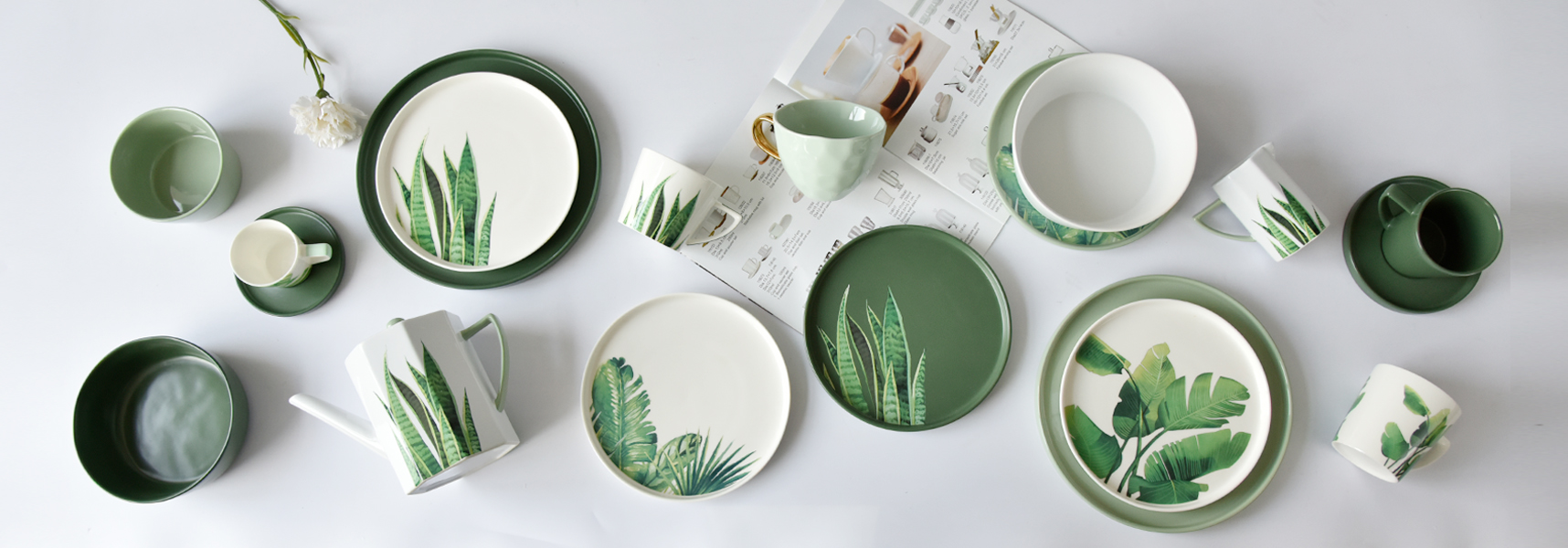Ceramic tableware, the traditional concept of ceramics refers to all artificial industrial products that use clay and other inorganic non-metallic minerals as raw materials. It includes various products made from clay or a mixture containing clay through kneading, shaping, and calcination. From rough earthenware to fine fine pottery and porcelain belong to its scope. The main raw material for it is silicate minerals derived from nature (such as clay, feldspar, quartz, etc.), so it belongs to the category of “silicate industry” with industries such as glass, cement, enamel, and refractories.
Your position: Home> News> Ceramic tableware industry definition and classification analysis
Definition and classification analysis of ceramic tableware industry
Back to list source: Release Date: 2018.08.30
Ceramic tableware, the traditional concept of ceramics refers to all artificial industrial products that use clay and other inorganic non-metallic minerals as raw materials. It includes various products made from clay or a mixture containing clay through kneading, shaping, and calcination. From rough earthenware to fine fine pottery and porcelain belong to its scope. The main raw material for it is silicate minerals derived from nature (such as clay, feldspar, quartz, etc.), so it belongs to the category of “silicate industry” with industries such as glass, cement, enamel, and refractories.
Celestial ceramics
The firing and application of ceramic tableware has a long history in our country. Its diverse shapes, colorful colors, cool and smooth hand feel, easy to wash, and are deeply loved by the Chinese people. There are three methods for making ceramic tableware: over-glaze, under-glaze, and in-glaze.
On-glaze colored ceramics are made of decal paper with pigments and attached to the surface of the glaze or directly painted on the surface of the product with pigments, and then baked at low temperature. Because the baking temperature does not reach the degree of melting of the glaze layer, the flower surface cannot be sunk. Into the glaze. Touch the on-glaze ceramics with your hands, and you feel that the flower surface has obvious concavity and convexity;
The firing temperature of the in-glaze ceramics can melt the glaze, and the pigment can sink into the glaze, and be covered by the glaze layer after cooling. The surface of the product is smooth and there is no obvious unevenness when touched;
The underglaze ceramics are all decorated on the porcelain blanks. After applying the glaze, they are fired at a high temperature. The flower surface is covered by the glaze layer, which looks bright, flat and smooth to the touch.
Post time: Jul-16-2021





